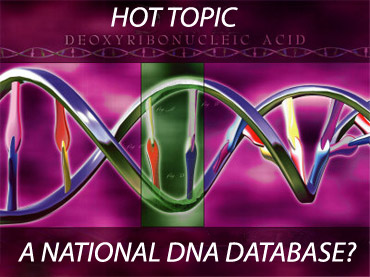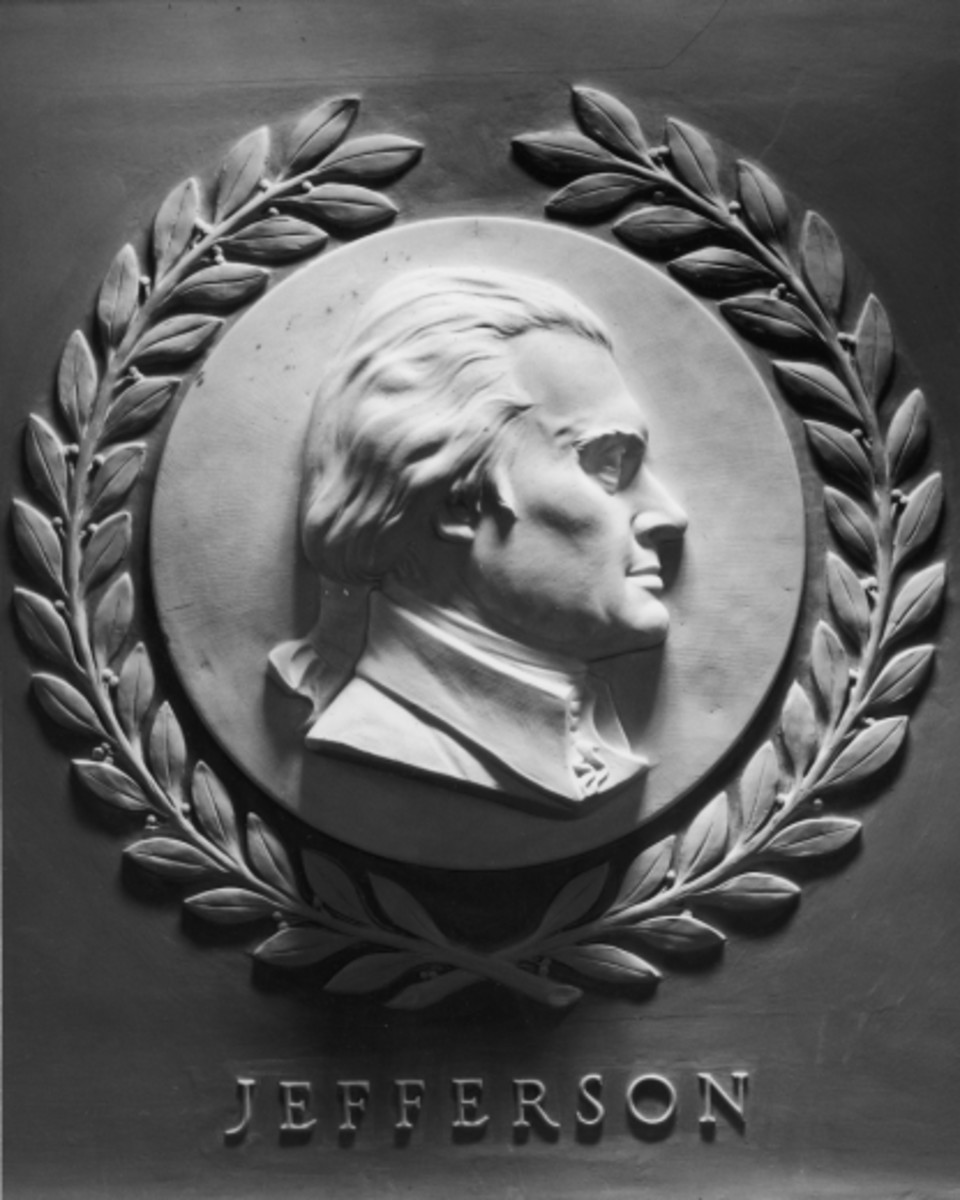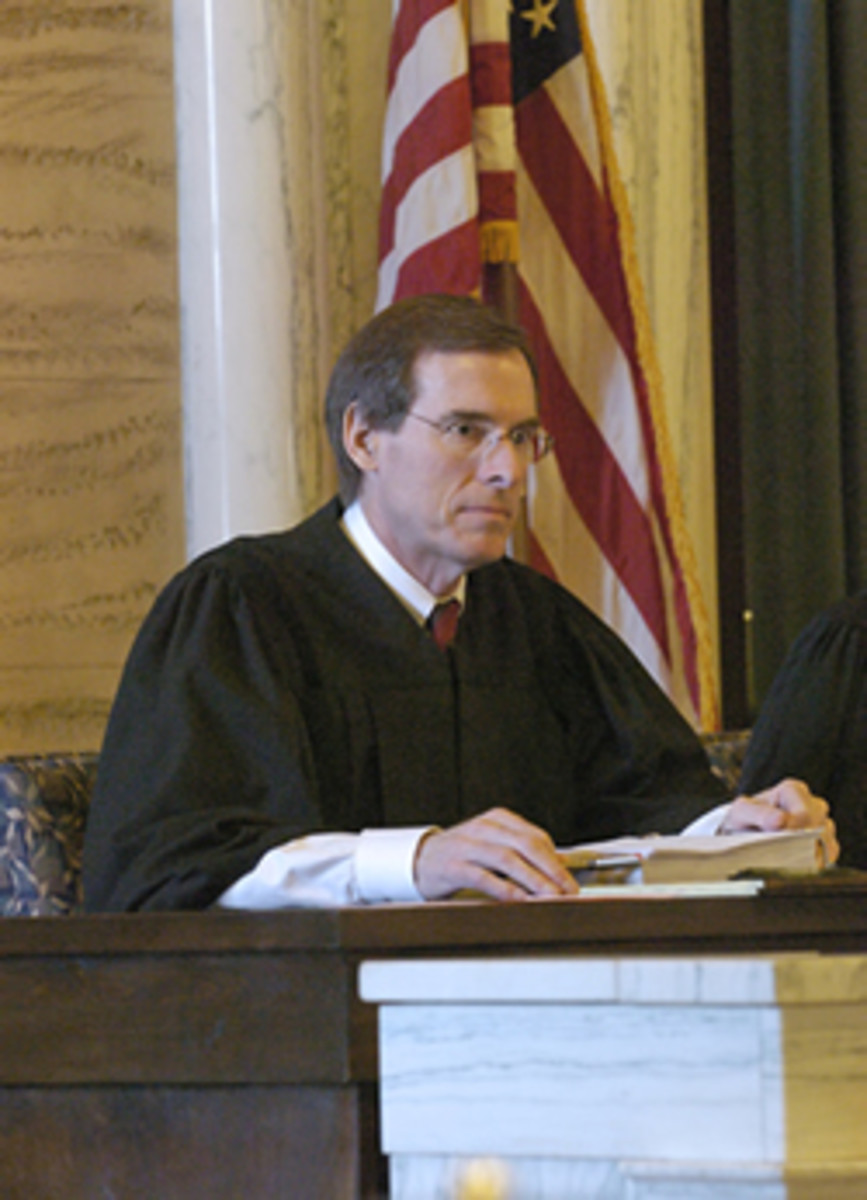History and Purpose of the United States National DNA Database

As someone who is a big fan of forensics-focused television crime shows (like Bones and Numb3rs), I am superficially aware of the existence, purpose and use of the United States’ National DNA Database. In these shows, crime-fighters search through the database to find matches between the DNA of crime suspects and the DNA of those people who are already entered into the system. However, knowing that television and reality aren’t always one and the same, I decided to do a little bit more research into this subject. I’m interested in the history of the National DNA Database, the controversies surrounding its use and the potential applications that it has outside of the crime lab. It’s an interesting topic and one worth exploring in more depth.
What is the National DNA Database?
The National DNA Database is a collection of DNA samples which is maintained by the government. The purpose of the database is to collect and store individual DNA. This storage system can then be searched by law enforcement agencies who are trying to use DNA evidence to figure out who committed a crime. As is seen in the television shows, DNA collected at a crime site can be entered into the system to determine if the person matching that DNA is already in the system and, if so, to figure out who committed the crime.
History of the National DNA Database
The National DNA Database was launched as CODIS, the Combined DNA Index System which was started by the FBI. The FBI gathered information from local, state and federal databases to create a nationwide database. Originally, this was solely for the purpose of cataloguing the DNA of sex offenders and it eventually grew into the full DNA database that it is today.
The pilot project for CODIS was launched in 1990 but it would take nearly another decade before the nationwide program was launched. In 1994, the DNA Identification Act of 1994 was signed which gave approval to the pilot program and allowed it to be fully developed into a national database. It also set forth the guidelines for creating this database. However, it took another eight years before the plan to be completely put into place. In 1998, the DNA Database was finally launched.
The DNA Database grew as different types of individual DNA were added to it. As stated, it started off as a collection of DNA samples from convicted sex offenders. Over time the database was expanded by adding all convicted offenders and then all arrested offenders and then also adding the information about missing or unidentified persons. How DNA is collected from which individuals depends on the individual rules set forth by each state. However, all 50 states do have mandatory DNA collection for convicted offenders of certain crimes (such as murder) and many have more lenient rules about who is required to give DNA samples to be added to the database. This has created a comprehensive database that stores the DNA of over 4 million people.
How the National DNA Database Works in the Crime Lab
So how does this actually work in the real world? Surprisingly, it isn’t a lot different from what they show in the TV series that touch on this topic. At the time that a crime is committed, forensic evidence is collected. A DNA profile is developed from this evidence relying on certain markers in the DNA. The first thing that happens is that the crime fighters see if they already have a suspect and compare that person’s DNA with the DNA profile.
If there is no suspect of the suspect’s DNA isn’t a match, then the crime lab will compare the DNA profile to the database to see if there is a “hit”. A hit means that there is a likely match for the DNA. Law enforcement folks will then pursue that lead to determine if the match is the person who committed the crime. In some cases, there isn’t necessarily a match with a known individual but there may be a match of the DNA in one case with the DNA in another open case. This allows law enforcement to link the two crimes to gain more information about the individual who committed both crimes.
Controversy Surrounding the National DNA Database
There is generally widespread acceptance of the creation and use of a national DNA database for the purpose of catching criminals. However, there remains some controversy about its scope. Some people believe it should have remained solely for sex offender DNA collection. Others believe that mandatory DNA collection from certain types of criminals and arrestees is a violation of privacy. Still others are concerned that the technology for matching DNA isn’t up to par yet and that therefore DNA evidence is sometimes used to convict innocent offenders. All of these concerns are regularly address by the courts at the local, state and national level but the existing guidelines for the DNA database are designed to limit problems related to these concerns.
Potential Applications of the National DNA Database Outside of the Crime Lab
It is important to note that the development of a national database for DNA has potential uses outside of the crime lab. The main tool is for the purpose of research into DNA done by medical researchers.
DNA Databases in Other Countries
The United States is not the only country that has a DNA database. In fact, it was not even the first country to create such a database. The first nationwide DNA database was created in the UK in 1995. This was followed by similar databases in New Zealand and France. However, these countries are considerably smaller (and may have lower crime rates) than the United States so their DNA databases are correspondingly much smaller than the one in the U.S. (which is the largest DNA database in the world). It will be interesting to see if our changing global landscape one day leads to an international DNA database!








